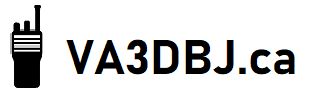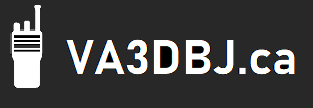The federal government is moving to improve Canada’s ability to warn people about severe weather, including tornadoes.
The government announced on May 28, 2017 that it has signed an $83-million contract for 20 state-of-the-art weather radars that are to be built across the country over seven years starting this fall.
Environment Minister Catherine McKenna said the radars, along with a recently acquired supercomputer, will give people more time to protect themselves and their property from severe weather.
“This important investment will help us modernize Canada’s weather service infrastructure and make sure our meteorologists can provide the fastest and most accurate weather forecasts,” McKenna said in Dorval, Que.
The government said the new system will cover more of Canada and double the detection range for tornadoes and other severe weather such as hurricanes, thunderstorms and snow storms.
Environment Canada said more accurate forecasts will help municipalities better plan snow clearing, give outdoor festivals more information about whether to cancel an event and improve air-traffic safety by providing information on when to route planes around storms.
Better data from radar images of precipitation in drainage basins is expected to help provinces forecast flooding. It should also help meteorologists better distinguish between rain, snow, hail and freezing rain.
The Insurance Bureau of Canada said severe weather due to climate change is costing Canadians billions of dollars each year, including a record $4.9 billion in insured damage in 2016. The bureau warned severe weather damage is on an upward trend that shows no signs of stopping.
The new radars will replace Canada’s aging network of 31 Doppler radars, some of which have had outages due to wear and tear.
Decisions on exactly when the new radars will be built are pending. In most cases, radars are to be built at or near existing sites, said Veronique Bouchet, an Environment Canada spokeswoman.
The network is to include one new radar site near Fort McMurray, Alta. Bouchet said there is lots of severe weather and economic activity in the oilsands region, as well as a busy airport.
“There are a lot more individuals that need to function in that area and we need to make sure they are safe in doing so,” she said.
The modernized network to be built by the German firm Selex ES will also provide weather information that can be used in almost every sector of the economy, McKenna said.
The radar system is to work in tandem with a new high-performance computer being built by IBM in the Montreal area that will use radar and other data to make weather and climate models. The $430-million supercomputer contract was awarded in May.
Bouchet said the radar network, along with satellite and other data, will provide meteorologists with better information to analyze what’s coming.
“That helps us to have much better forecasts looking in the next couple of hours, the next 24 hours and the next two or three days.”













